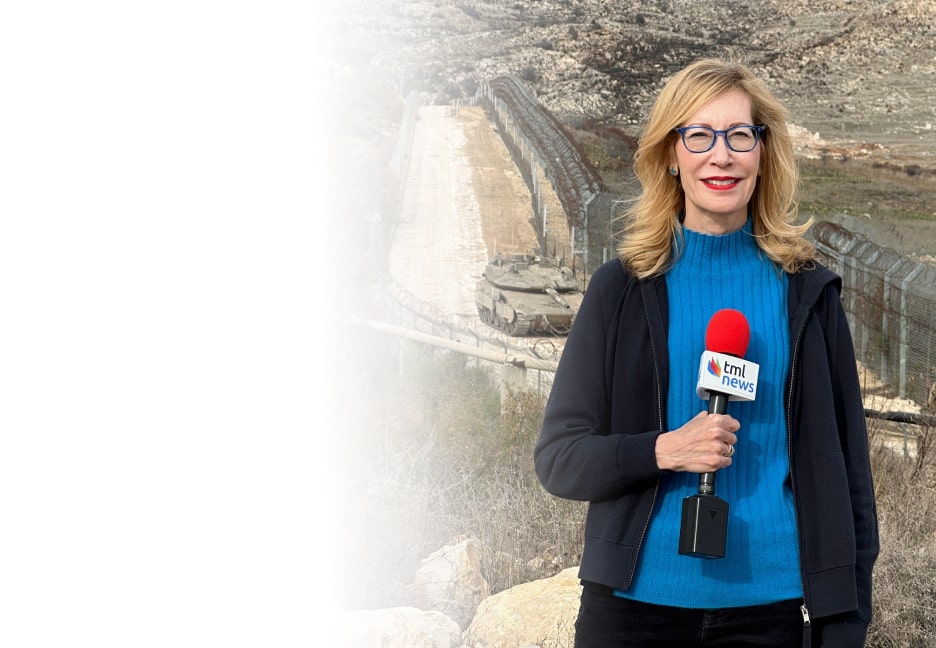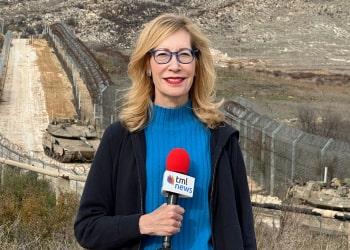Al-Shorouq, Egypt, August 9
This holiday season, give to:
Truth and understanding
The Media Line's intrepid correspondents are in Israel, Gaza, Lebanon, Syria and Pakistan providing first-person reporting.
They all said they cover it.
We see it.
We report with just one agenda: the truth.


On Monday morning, while attending a conference at a hotel in Cairo, I overheard a group of buffet workers arguing over what caused the horrific accident in front of the Nile Corniche Oncology Institute, which killed 19 people and wounded 30 others. The discussion was about whether the car explosion was caused by a leaking fuel tank in one of the vehicles, by an explosive device planted on site, or by a suicide attack. One of the workers settled the debate by telling his friends that he saw a YouTube video depicting part of the incident, and that he is therefore certain the explosion was caused by a terror attack. Mind you, this had all taken place at a time when the official investigation conducted by the Egyptian police pointed to an unfortunate collision between a group of cars that had nothing to do with explosives. So, what can we learn from this story? The issue is simply that in our day and age, photos and videos reach people in milliseconds. There is an entire unofficial media apparatus out there that reaches people instantaneously and claims to deliver the truth. This happens even while various government agencies have still not discovered the truth themselves, let alone officially announced it to the public. The buffet workers I am talking about are not an exception. They represent a large swath of the Egyptian public. They are not highly educated, they do not read newspapers, and they don’t care much for politics. They are mostly interested in which soccer team won the match tonight: Ahli and Zamalek? At the international level, they are more concerned about Liverpool and Mohamed Salah than with the current state of global affairs. The real problem is that video journalism – the YouTube revolution – and the proliferation of mobile phones have turned youth into professional journalists. Any citizen riding on a bus, or even walking down the street, can open the camera of his very ordinary mobile phone and film an event happening in front of him. This will make it to Facebook, Twitter, or YouTube within minutes. This simple citizen can then find himself with a new, treasures possession if the pictures happen to capture an important event. A few days ago, we saw people photographing the gunman who opened fired indiscriminately at the Ahmed Helmy railway station. This footage is what helped the police conduct its investigation. And the same is true, by the way, for the most recent attacks in the pyramids at Giza. Sometimes, the videos that we view as ordinary can act as decisive factors that help unravel a mystery or a crime, thanks to the involvement of millions of ordinary citizens. Such videos are now the real press and media, in most parts of the world. Indeed, the total circulation of all Egyptian daily newspapers does not exceed 300 thousand copies! One way for the Egyptian press to emerge from its current crisis is to focus on this new genre. Only then will it be able to compete with the phenomenon of fake news and spread truthful reports to the public. –Emad Addin Hussein